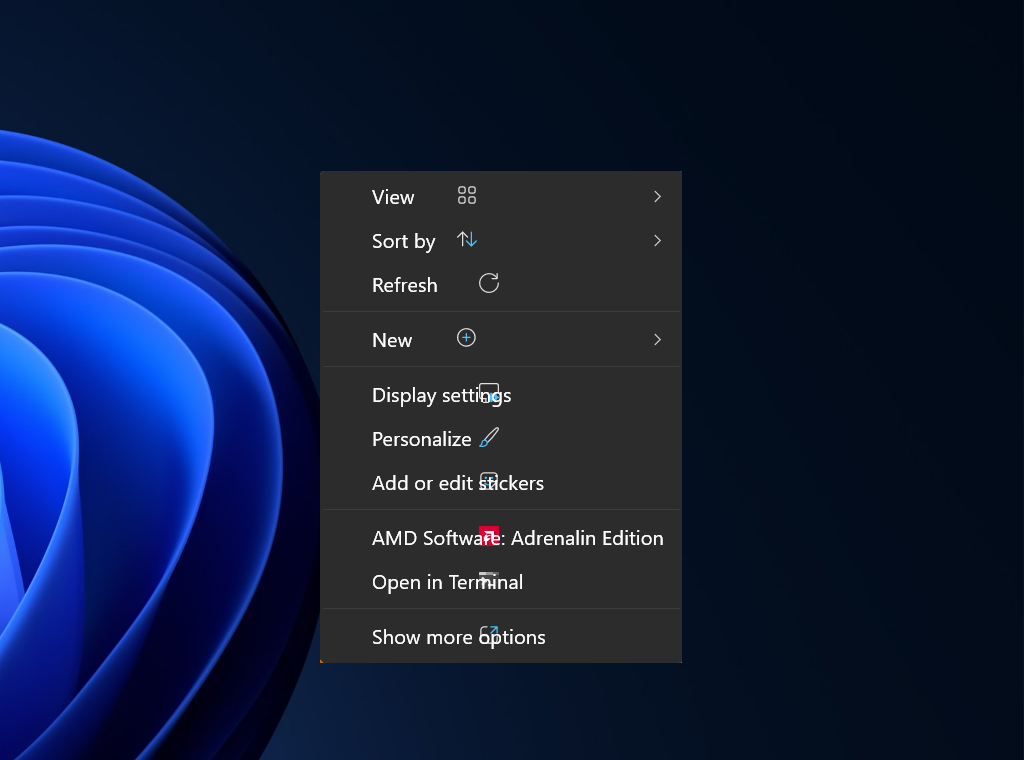Windows 11’s fourth version update will arrive in 2024. Three iterations later, the operating system is expected to perform better. Recently, an ex-Microsoft employee noticed that isn’t the case with Windows 11, which is plagued with performance issues.
In a viral post on X, Andy Young, a software developer with a long work history with Microsoft. He posted a video of the Start menu glitch and lacklustre performance in Windows 11.
As shown in the video below, the Start menu takes a while to load when he opens it. What’s particularly interesting is that the PC meets all the hardware requirements and packs a $1,600 Core i9 CPU and 128 GB of RAM. The hardware configuration is certainly not the reason for the Start menu’s sluggishness.
Hundreds of users agreed with Andy’s original tweet and shared their issues with Windows 11. In a reply to his post, Andy Young explained that he loves Windows as he helped build parts of it and expects it to remain as good as it was.
To be clear, I love Windows. I helped build parts of it. I want it to be as good as it once was. If data suggests the software you build frustrates a significant percentage of users, it means there’s work left to be done.
Interestingly, it looks like Microsoft devs are investigating the sluggish performance. While going through Andy’s X threat, we noticed that Andy confirmed that Microsoft’s Jen Gentleman contacted the former engineer to reproduce the problem and track the root cause.
Windows developer community champion Scott Hanselman also responded to the complaints and asked for more details.
The most common user complaints include problems with search in the Start menu. When you try to search for an app and press Enter, it performs a Bing search before it can find the installed app. Sometimes, the Start menu fails to register the initial keystrokes of the text while typing.
We have also experienced some issues in Windows 11 24H2 or older versions. When we right-click on the Desktop, the context menu icons are displayed incorrectly on the right-hand side. It is amusing because something as trivial as this should work fine, even in an experimental build.

Also, resorting to Registry tweaks for such problems is not everyone’s cup of tea. Microsoft wanted to change the UI in Windows 11, but the experience isn’t good for everyone.
The taskbar and other UI elements still need improvement
Windows 11 has several design-related issues, and one of the recent update is another example.
Windows 11 introduced Widgets that appear on the left-hand side, but Microsoft is now trying to move it to the right side. As shown in the below screenshot, the weird space between the system tray icons and widgets is concerning, as some believe Microsoft disregards the basic design standards.
![]()
StartAllBack is a popular customization app that restores the old Start menu, highlighting the UI inconsistencies and inadequacy of Microsoft’s attempts. Users are willing to pay extra to regain the original functionality.
Similarly, Windows 11 update issues aren’t helping Microsoft’s reputation. It is worth noting that the Redmond giant has addressed some issues. It recently brought back the drag-and-drop feature in File Explorer’s address bar.
However, Windows 11 reception has yet to be what Microsoft hoped for, so it is banking on its AI PCs and Windows on ARM.
The post Microsoft may be looking into Windows 11’s sluggishness after former dev complains appeared first on Windows Latest
